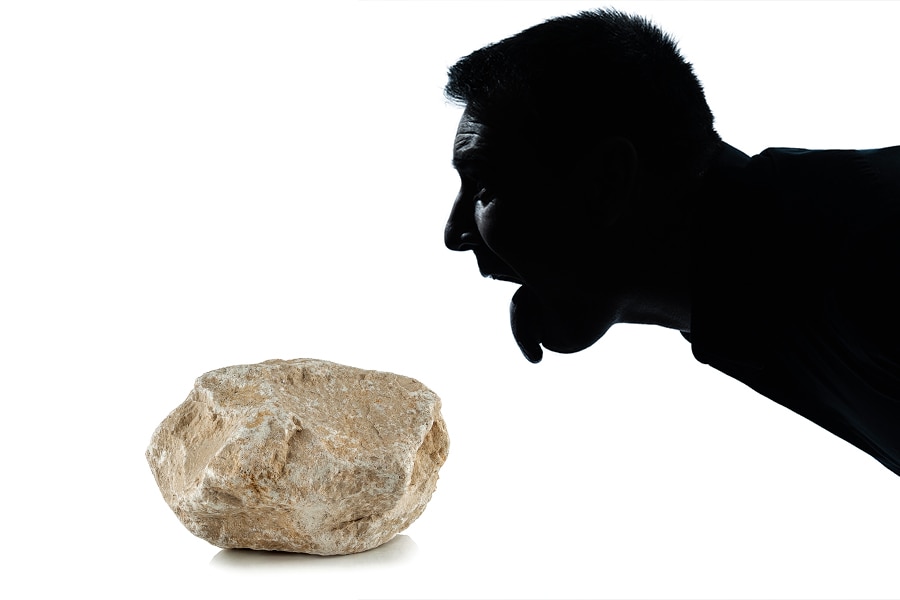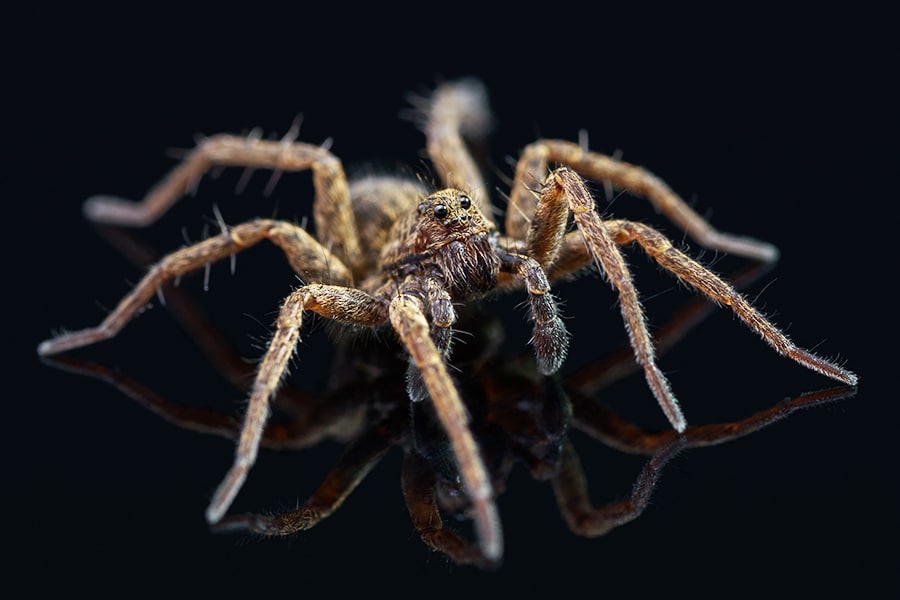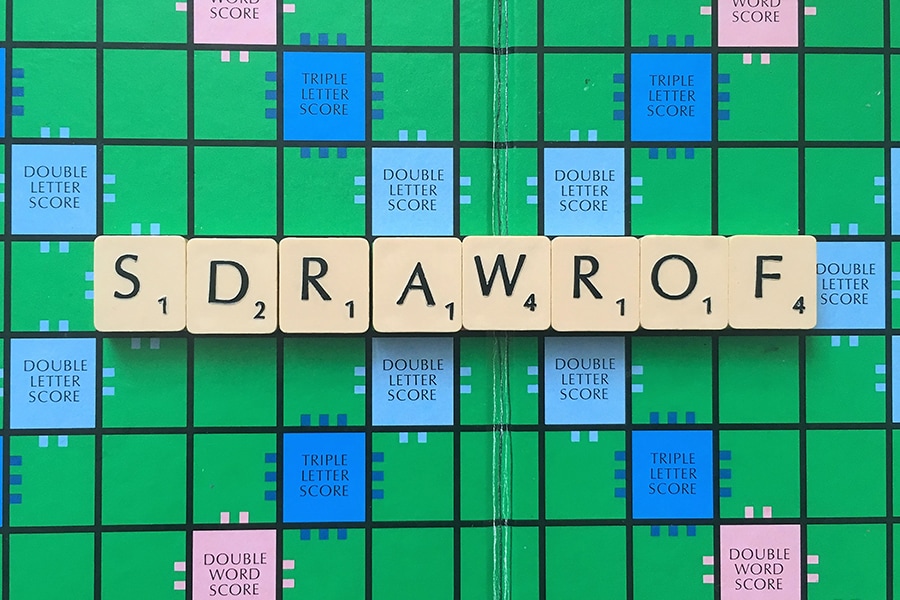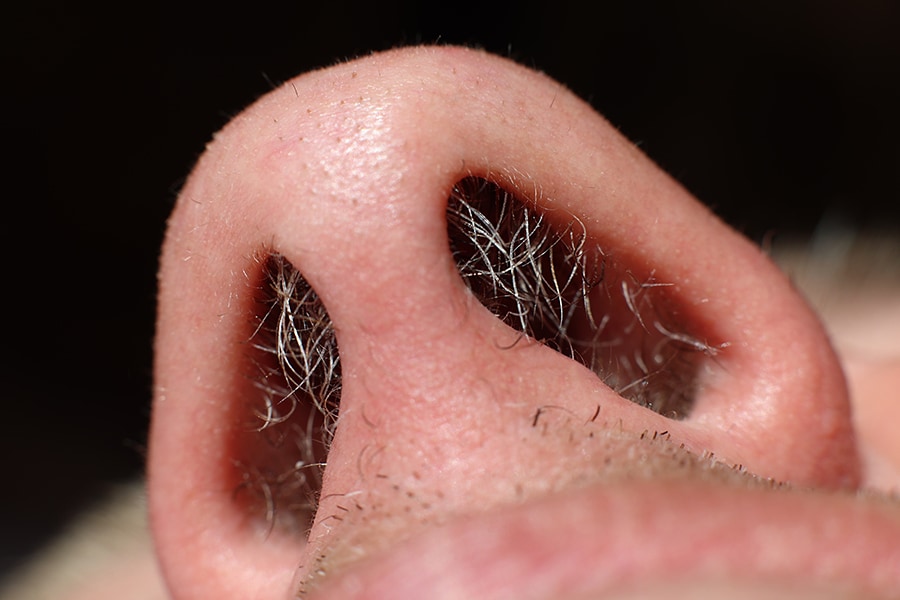
Ig Nobel Awards 2023: Why scientists regularly lick rocks, gripping uses for a dead spider, and repeating a single word many, many, many, many, many times
If, at first, the subject matter of these Ig Nobel winners—a parody of its more serious counterpart—made you laugh, the awards' intention is only partly fulfilled, for they are meant to make you think. From over 9,000 nominations received this year, here's the winning list from the 33rd Ig Nobel alongwith excerpts from original project briefs by the awardees themselves behind the quirkiest, most bizarre achievements in scientific research
 Image: Shutterstock
Image: Shutterstock
CHEMISTRY and GEOLOGY PRIZE [POLAND, UK]
Jan Zalasiewicz, for explaining why many scientists like to lick rocks.
The rock lying by the roadside did not look like much of interest at first: a rather nondescript limestone, with little more to show to casual observation than a few vague blotches. Anyway, old habits die hard, so I picked it up and licked the surface.… The memory of the shock and the thrill of minor discovery is still fresh. The little blotches turned out to be the most superb three-dimensionally preserved Nummulites foraminifera that one could hope to see, set in a marvellously revealing natural cement of sparitic calcite. Part of the sample still graces my desk, while the rest has been sacrificed for microscope-thin sections for students. Such treasures should not be withheld from the younger generation.
 Image: Shutterstock
Image: Shutterstock
LITERATURE PRIZE [FRANCE, UK, MALAYSIA, FINLAND]
Chris Moulin, Nicole Bell, Merita Turunen, Arina Baharin, and Akira O’Connor for studying the sensations people feel when they repeat a single word many, many, many, many, many, many, many times.
Jamais vu is a phenomenon operationalised as the opposite of déjà vu, i.e. finding subjectively unfamiliar something that we know to be familiar. We sought to document that the subjective experience of jamais vu can be produced in word alienation tasks…. “Repeat aloud some word – the first that occurs to you; house, for instance – over and over again; presently the sound of the word becomes meaningless and blank; you are puzzled and a morsel frightened as you hear it” This phenomenon is understood to be the loss or reduction in the meaning of a stimulus word following “a overt verbal repetition, prolonged visual inspection or repeated writing of the stimulus word”












